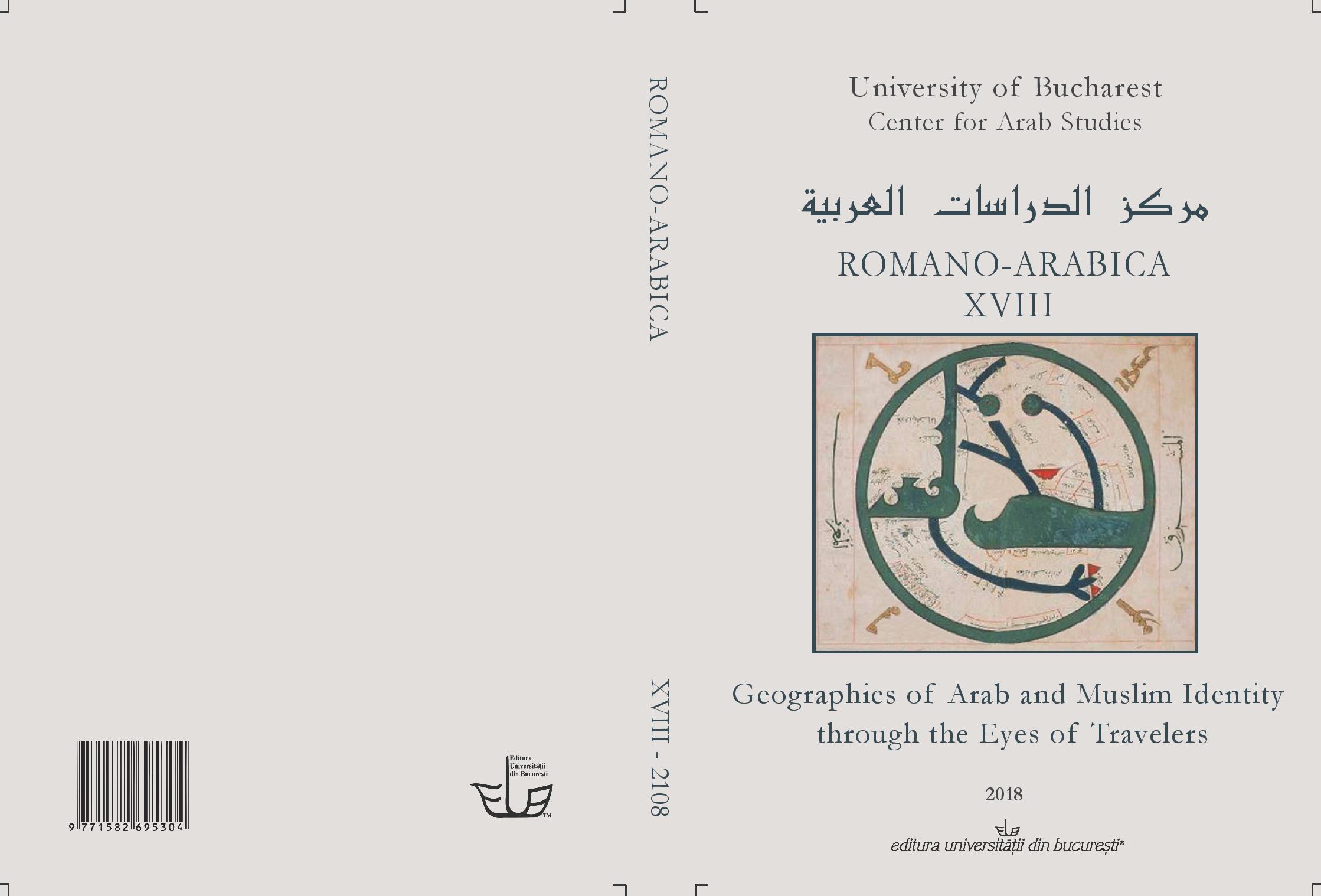DISCOVERING THE LOCAL: KHALĪL AL-KHŪRĪ'S WAYY. ’IḎAN LASTU BI-’IFRANǦIYY (ALAS, I’M NOT A FOREIGNER) 1859-1861, AND LITERARY GEOGRAPHICAL WRITING
DISCOVERING THE LOCAL: KHALĪL AL-KHŪRĪ'S WAYY. ’IḎAN LASTU BI-’IFRANǦIYY (ALAS, I’M NOT A FOREIGNER) 1859-1861, AND LITERARY GEOGRAPHICAL WRITING
Author(s): Basilius BawardiSubject(s): Language and Literature Studies, Studies of Literature, Theory of Literature
Published by: Editura Universităţii din Bucureşti
Keywords: Geo-literature; Khalīl al-Khūrī; ’Adab al-Riḥlāt; Ḥadīqat al-’Akhbār; Nahḍa;
Summary/Abstract: The development of geographical writing was one of the important factors that facilitated the transition from classical writing to constructive narrative fiction. Changes in local identity in Syria and Lebanon first occurred during the 19th century in the name of local patriotism, and were promoted through geographical writing. This paper discusses the literary geographical writing of Khalīl al-Khūrī (1836-1907), one of the leading intellectuals of the Nahḍa period, in his narrative fiction Wayy. ’Iḏan Lastu bi-’Ifranǧiyy (Alas, I’m not a foreigner), published in his newspaper Ḥadīqat al-’Akhbār between 1859 and 1861. This article will demonstrate that al-Khūrī’s writing can be considered a continuation of the genre of ’Adab al-Riḥlāt (travel account), but at the same time it was an innovation as al-Khūrī was among the first to transform this classical genre into clearly defined narrative fiction, which I term ‘geo-literature’. This term refers to literary and patriotic writing containing a number of geographic locations designed to make readers aware of them and encourage them to visit these sites. Al-Khūrī uses some motifs of the canonic genre of ’Adab al-Riḥlāt in constructing a tale, making the traveller a central character in the plot. He created a kind of literary tour guide that revealed the close historical and cultural ties between past and present, while at the same time implicitly disseminating his views on modernization, ‘Europeanization’, and the preservation of the local Arab identity.
Journal: Romano-Arabica
- Issue Year: XVIII/2018
- Issue No: 18
- Page Range: 15-24
- Page Count: 10
- Language: English, Arabic

